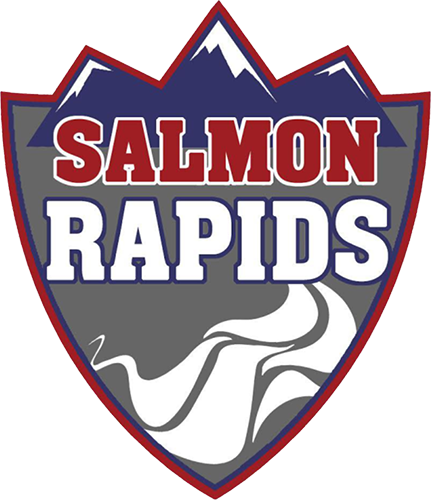SafeSport and Screening
SafeSport Training
Who Needs to Be Trained in SafeSport?
1. Coaches (All Levels)
- Why? Coaches have direct authority over players. SafeSport training ensures they understand appropriate boundaries, how to prevent abuse, and how to respond to concerns.
2. Team Managers
- Why? Team managers often handle logistics and communication. They need to recognize and report misconduct, and ensure SafeSport rules are being followed off the ice (e.g., in locker rooms, hotels, travel).
3. Trainers and Medical Staff
- Why? They interact with athletes in private or vulnerable situations. SafeSport training helps protect both the athlete and the adult through clear, respectful, and safe practices.
4. Officials (Referees, Linesmen)
- Why? Officials may witness misconduct or abusive behavior on or off the ice. Training helps them know when and how to take action appropriately.
5. Volunteers Who Interact with Players
- This includes locker room monitors, travel chaperones, video/bench assistants, etc.
- Why? Anyone with regular access to youth players must understand SafeSport standards to help maintain a safe environment.
6. Parents (Optional but Strongly Encouraged)
- Why? Even if not required, parent training helps families understand:
- What behavior is and isn’t acceptable from adults in hockey
- How to spot red flags
- How to talk to your child about safety in sports
Who Requires the Training?
For USA Hockey (and other national governing bodies under the U.S. Center for SafeSport), training is mandatory for any “Covered Individuals,” which includes:
- Anyone with regular contact with minor athletes
- Anyone in a position of authority over athletes
This is a requirement under federal law (Protecting Young Victims from Sexual Abuse and Safe Sport Authorization Act of 2017).
Bottom Line for Parents:
If an adult is regularly around your child as part of their hockey experience — especially in a position of trust or authority — they should be SafeSport trained.
This is how the sport protects your child — and keeps hockey a safe and respectful space for everyone.
Background Screening
Who Needs a Background Screening in Youth Hockey?
1. Coaches (All Levels)
- Why? Coaches are in a position of trust and authority over players. They spend significant time with athletes, both on and off the ice.
- Screening ensures they have no history of criminal behavior, abuse, or misconduct.
2. Team Managers
- Why? They help organize the team and often interact with players during travel, tournaments, and locker room situations.
3. Locker Room Monitors & Volunteers with Direct Player Contact
- Why? Anyone who supervises or interacts closely with players must be vetted to ensure your child’s safety — especially in unsupervised or vulnerable spaces.
4. Officials (Referees, Linesmen) – if they are over 18 and officiating youth games
- Why? They are often alone on the ice or in rinks with players and need to be trusted in those settings.
5. Chaperones for Overnight Travel or Tournaments
- Why? Any adult staying with, transporting, or supervising players during travel must be screened to prevent risk of misconduct or abuse.
What Does the Background Screening Check For?
USA Hockey and most youth organizations screen for:
- Criminal history
- Sexual offenses
- Violent crimes
- Child abuse records
- Other red flags that would make someone unsuitable to work with minors
Required by Law & Policy
- Background checks are required by USA Hockey, local hockey associations, and under federal law (Safe Sport Act).
- This is part of building a SafeSport-compliant environment where kids are protected.
What This Means for Parents:
- You have the right to ask if all adults around your child have passed a background screening and completed SafeSport training.
- It’s your child’s safety — so transparency matters.
Oops!
You have unsaved elements
Please save or cancel the pending changes to the elements within your page and then try saving again.
